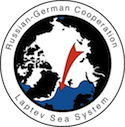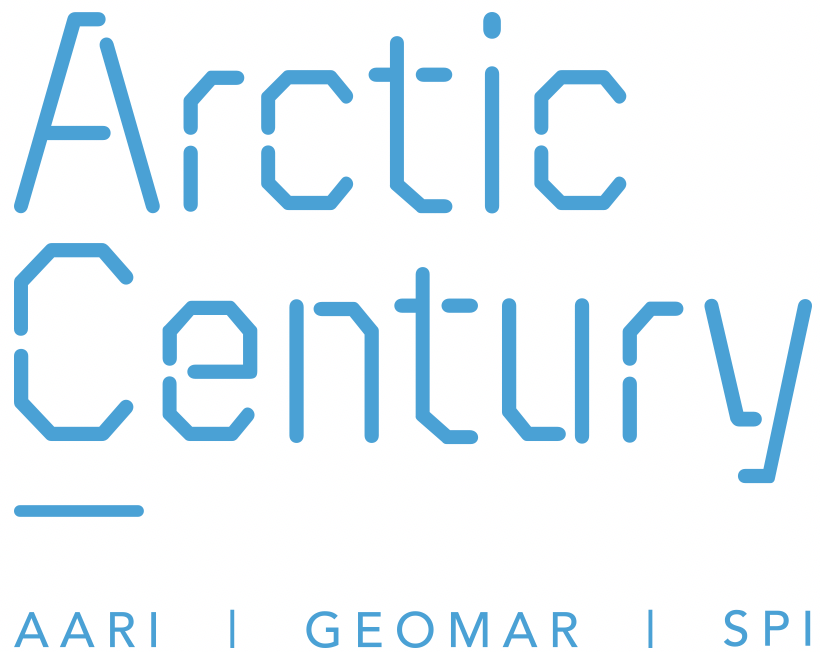 CATS Synthesis: The Changing Arctic Transpolar System
CATS Synthesis: The Changing Arctic Transpolar System
|
Expedition Arctic Century: From 5 August to 8 September 2021, CATS members from AWI and GEOMAR will participate in the expedition Arctic Century to the Kara and Laptev seas as well as Franz Josef Land and Severnaya Zemlya in the western Arctic with Russian research vessel Akademik Tryoshnikov. The expedition is jointly carried out by the Swiss Polar Institute, the Arctic and Antarctic Research Institute and GEOMAR. For more information and the expedition blog please click here. |
|
„CATS Synthesis: The Changing Arctic Transpolar System“ is a continuation the CATS project. Further investigations have become necessary as, unexpectedly, additional data sets could be obtained during two expeditions in 2018 and 2019 and as a result of prolonged measurements at Cape Baranov. Furthermore seven ocean observatories were recovered in 2018 after having been deployed for three years, providing even more unique data. These data sets will be analyzed and the results will be combined with the results of the CATS project, using, among other techniques, new approaches in modeling and simulation. |
|
|
Project duration: 1 March 2020 – 31 December 2021 Funding bodies: German project leader: Dr. Heidemarie Kassens (GEOMAR Helmholtz Centre for Ocean Research) |

|

